Climate change is impacting the monarch in a variety of ways, both in its breeding grounds and in its overwintering areas. Some groups are working on special conservation projects to try to save the monarch’s migration for future generations of monarchs … and for our grandchildren’s and their children’s future enjoyment. We’re participating in these efforts.
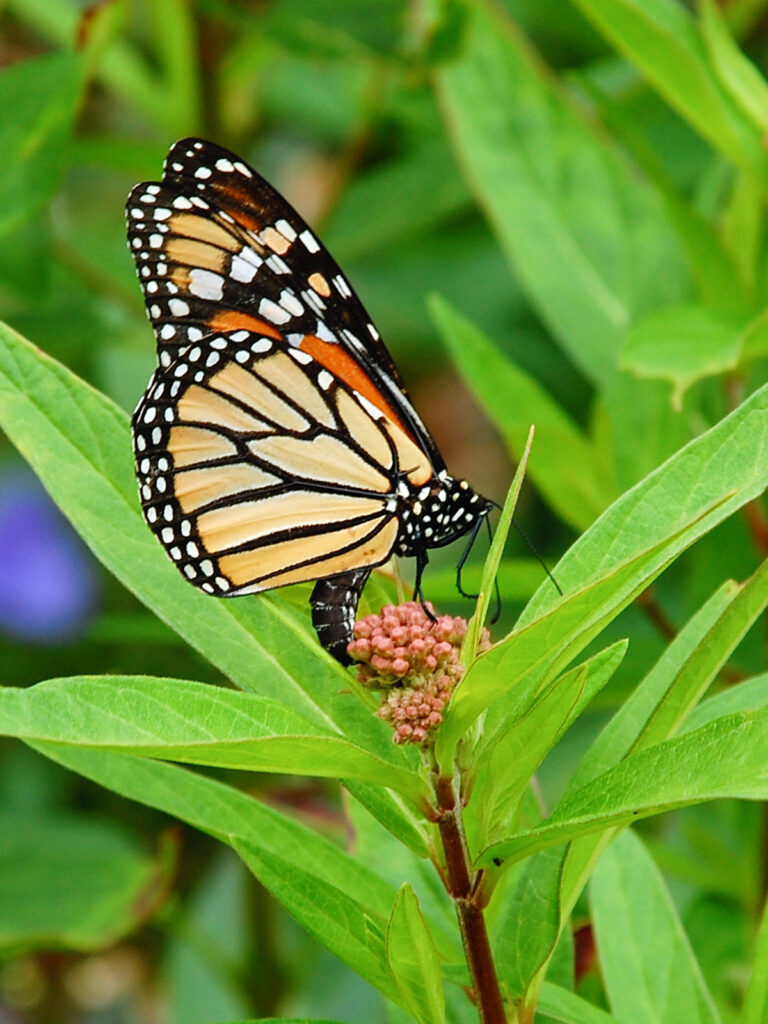
Any little creature like the monarch has a host of problems — problems that have existed for millions of years. That’s why they lay so many eggs; nature never intended that each egg survive to adulthood.
But we’re in a new era now. Humans have so dramatically changed the planet in so many ways that it’s a challenge for creatures like the monarch to survive. Evolution simply cannot occur as fast as we’re changing the environment.
And it’s foolhardy for us humans to think WE can survive if we undermine the ecosystems WE depend on.
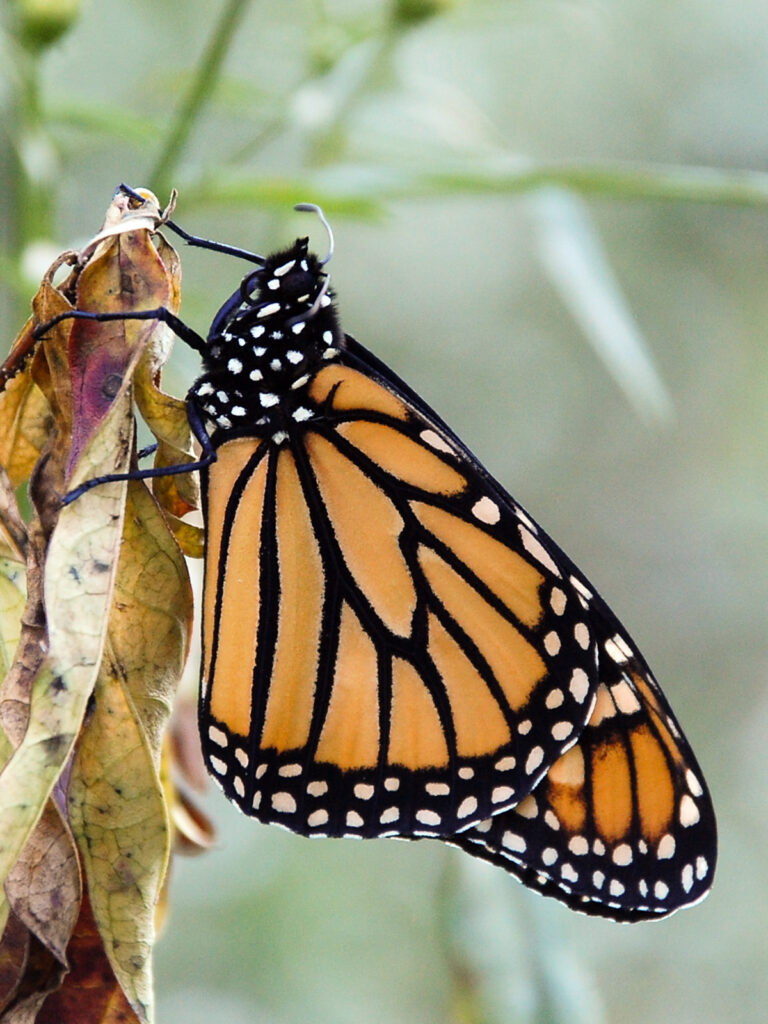
We’re working hard in our yard not just to protect monarchs and other creatures.
As they say, a planet without insects is a planet without humans.
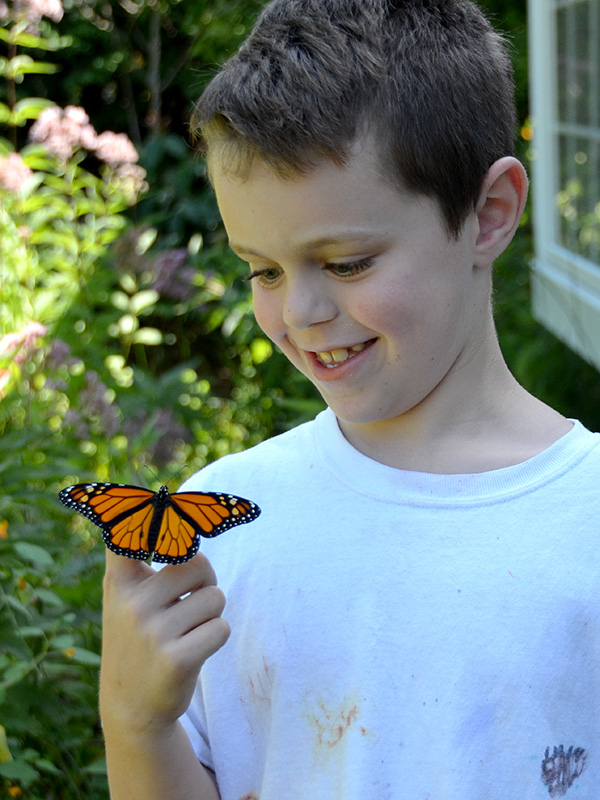
Age-old problems
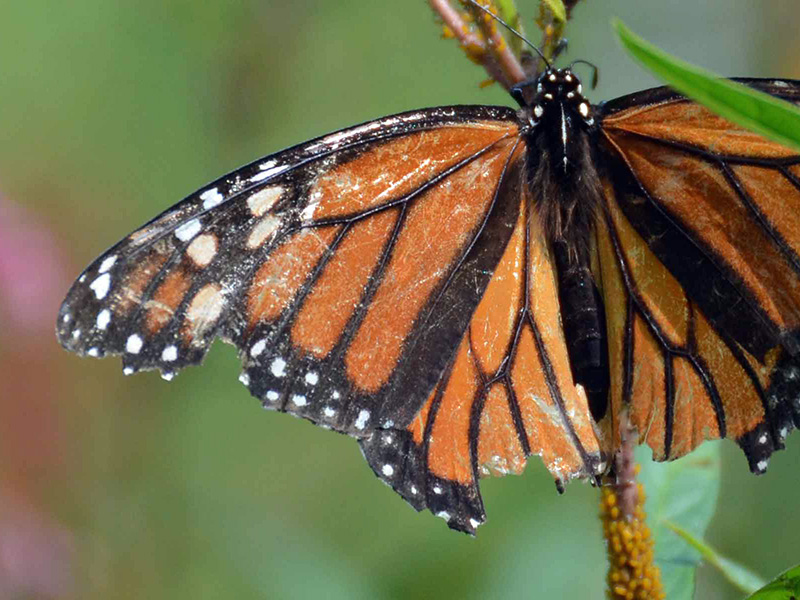
It’s hard to watch monarchs become parasitized or attacked by birds or other creatures. But monarchs have always been subject to these problems.
Predators
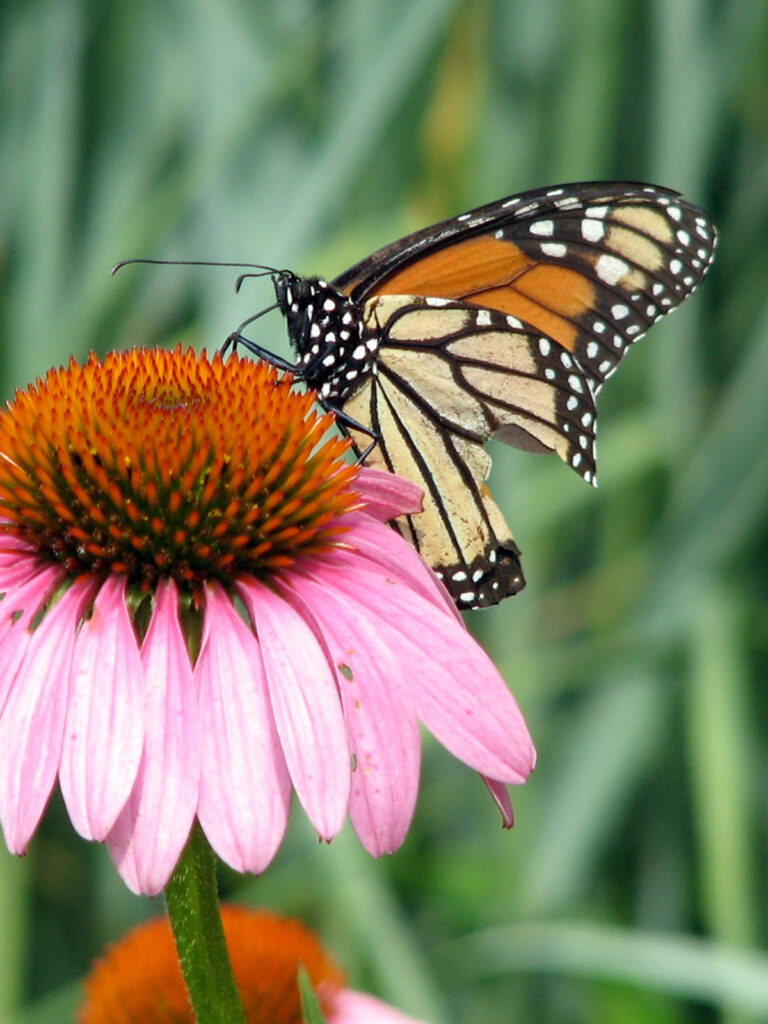
This one probably won’t make it to Mexico no matter what generation it’s in, but even so, it seemed to manage quite well around the yard.
I bet the bird that took that chunk out of its wing has learned not to do so again! Monarchs are toxic to birds (due to the chemicals they ingest from milkweeds as caterpillars), but birds sometimes have to learn the hard way.
Parasites and disease
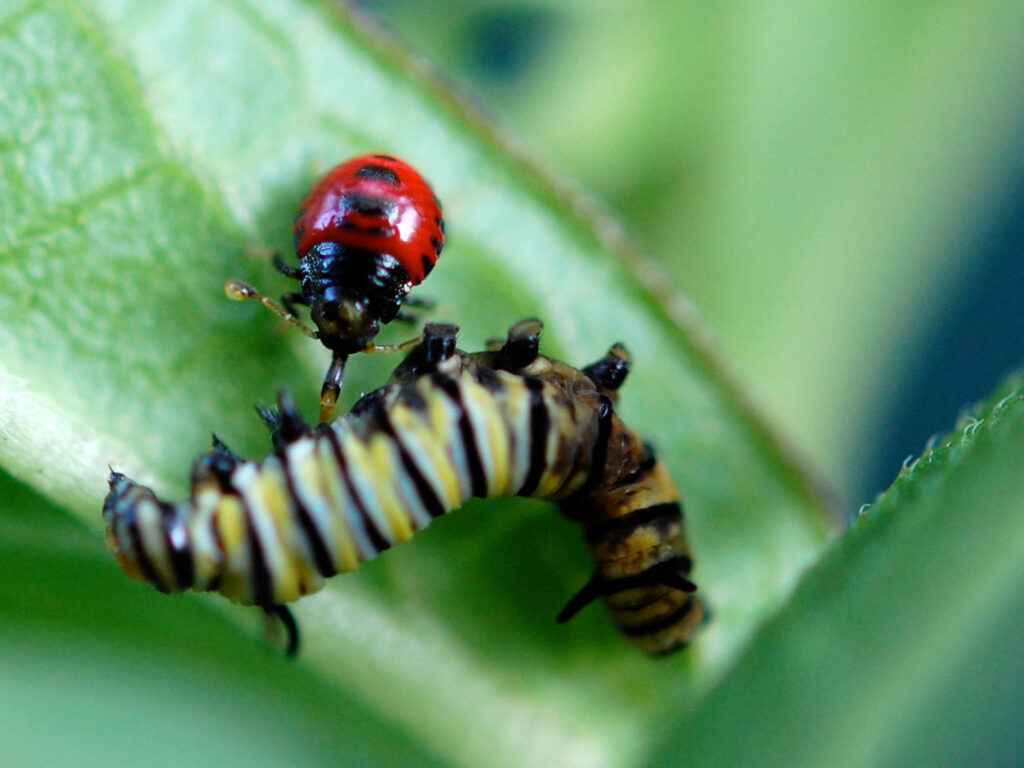
Parasites, insects, and other things attack monarch caterpillars. They are disturbing to see, but these are things all creatures have dealt with for millennia. It’s a problem for individual monarchs, but not for the species or for the migration itself.
The real problems
The real problems are those that have happened in just the last decades, and these problems threaten the migration or even the existence of the species itself.
The most important problems are:
- Habitat loss both in summer breeding areas and in overwintering areas
- Climate change and its associated weather issues leading to drought etc.
Other problems:
- Invasive plants, especially those such as swallowworts
- Roundup-ready crops
- Pesticides
- Noise pollution
Most of these problems may seem obvious but noise pollution???
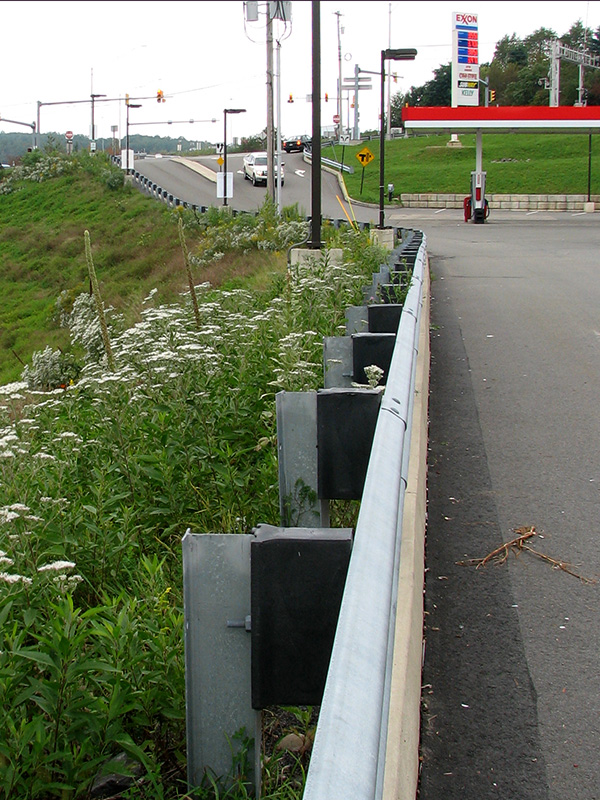
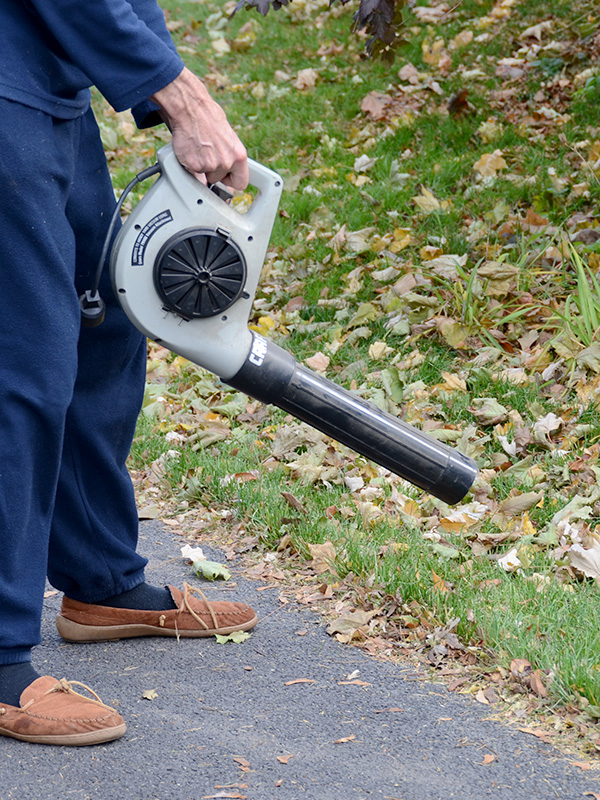
Research has found that monarch caterpillars living next to roads may be stressed by the sound of passing cars and trucks. They had elevated heart rates and became more aggressive. There’s certainly a lot of noise pollution along highways, but anyone living in the suburbs can attest to the near-constant noise from our various lawn care tools and machines. (And noise pollution affects people, too!)
I can’t directly do much about some of these problems except to try to live sustainably so we don’t contribute to climate change and also to donate to the conservation organizations.
And in addition to planting milkweed, we remove invasive plants harmful to monarchs.
Regarding pesticides: We’re grateful we had gotten our milkweeds from our HGCNY-Wild Ones native plant nurseries, not retail nurseries, where harmful pesticides have been found in the milkweeds they sell. (See Xerces info in Resources below.)
Help scientists learn more
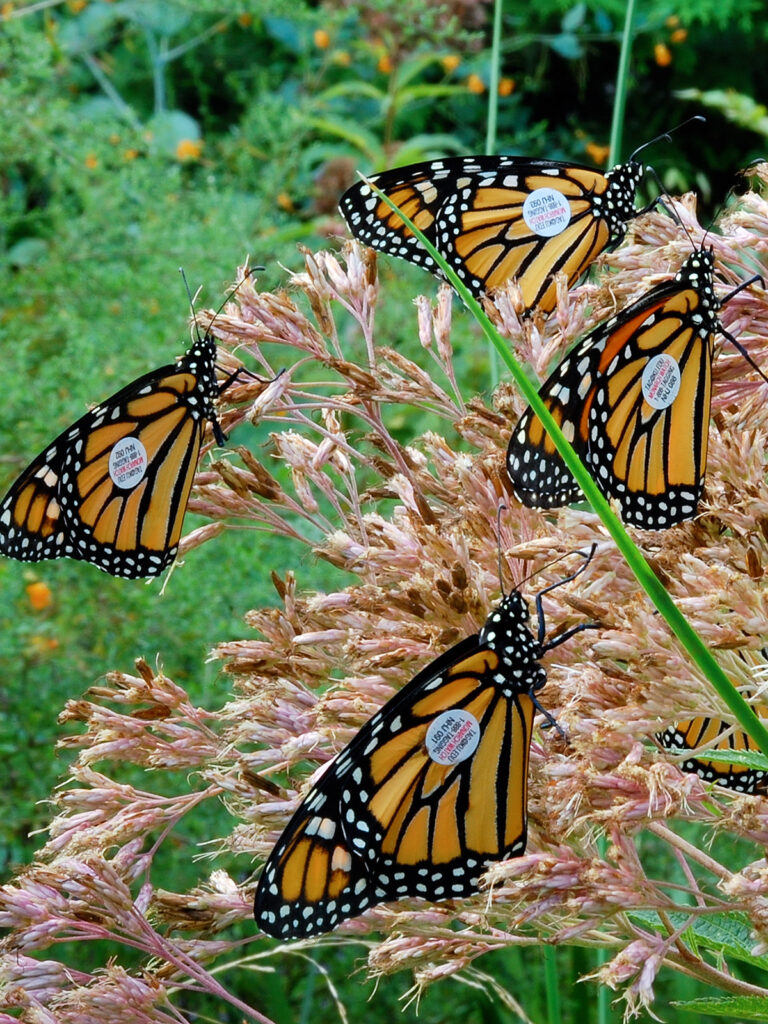
Another way to help monarchs is to help scientists learn more about its life cycle and migration. We participate in some monarch community science projects, such as tagging.
The best way I’ve found to get the tag on the wing is to use a blunt-end of a metal nail file to pick up the edge of the tag and have it sitting there ready for placement. Generally I’ve only ordered 25 tags a year because I find the tagging process somewhat stressful, but I’m getting more comfortable with it, so in 2017 I ordered 50.
As the photo shows, the first year I had the unfortunate habit of putting the tags upside down, probably making it difficult for people in Mexico to read them with binoculars. I’ve since been more careful.
Resources
- Monarch Watch:
- Tagging
- VIDEO: Monarch butterflies get tiny radio trackers – 2 min.
- Journey North:
- Resources – a summary of conservation measures for home and community
- BudBurst:
- VIDEO: Milkweed and monarchs training – (18-min) a community science project
- Univ. of Georgia:
- Deep Look:
- VIDEO: This parasite is cramping the monarch butterfly’s style – about Oe parasite
- The Xerces Society:
- Beyond Pesticides:
- NY Times:
- Diane Rehm:
- AUDIO: The Shrinking Monarch Butterfly Population – Dr. Karen Oberhauser
- National Geographic:
- Moving for Monarchs:
- VIDEO: The Awakening – Part 1 of an artistic appeal for monarch conservation
- Monarch Joint Venture:
- A variety of resources available by this partnership of organizations and institutions
- More than Monarchs: Weather, climate, monarchs and Pollinators
- Threats – a summary of various threats and links to more info
- Creating pollinator habitat – a guide from MJV
- Nipissing News:
- Landfill being transformed to butterfly habitat – A great idea for communities!
- Wild Center in the Adirondacks:
- VIDEO: Lecture by Chip Taylor, founder of Monarch Watch
- NPR On Point:
- AUDIO: How to save the endangered monarch butterfly – August 2, 2022
- Our Habitat Garden (i.e. this website):
